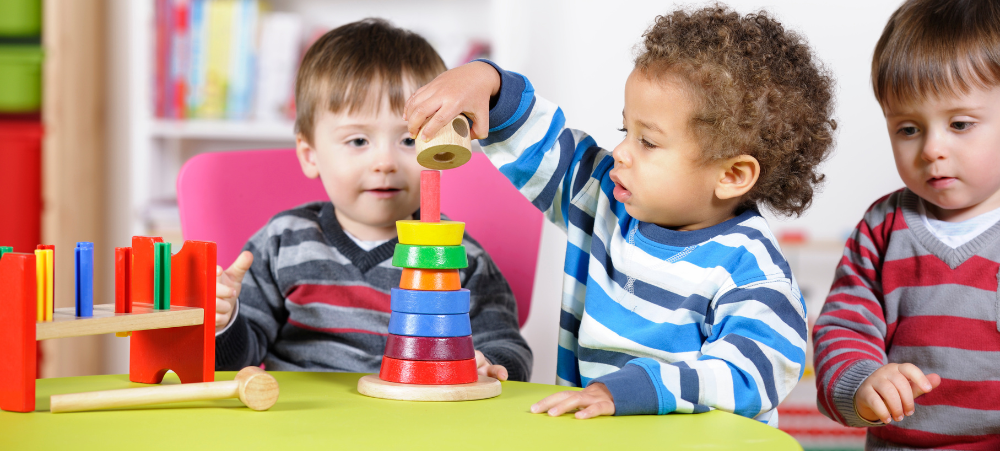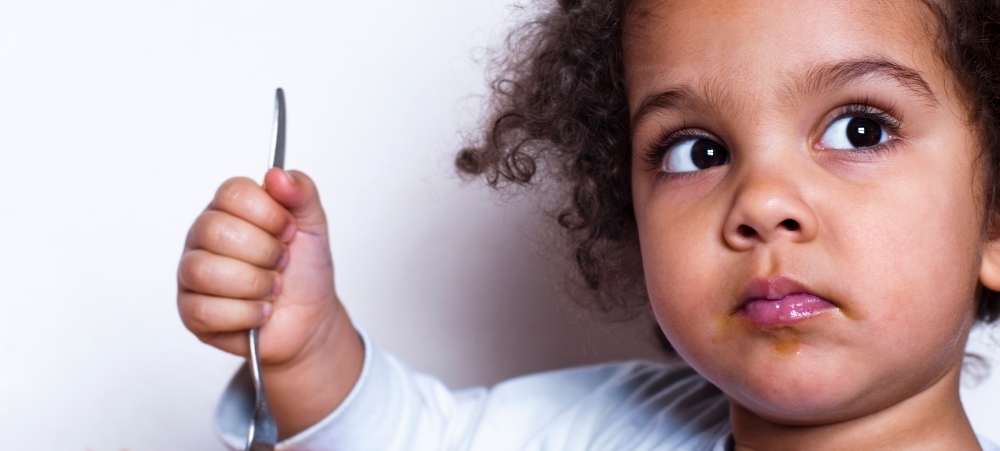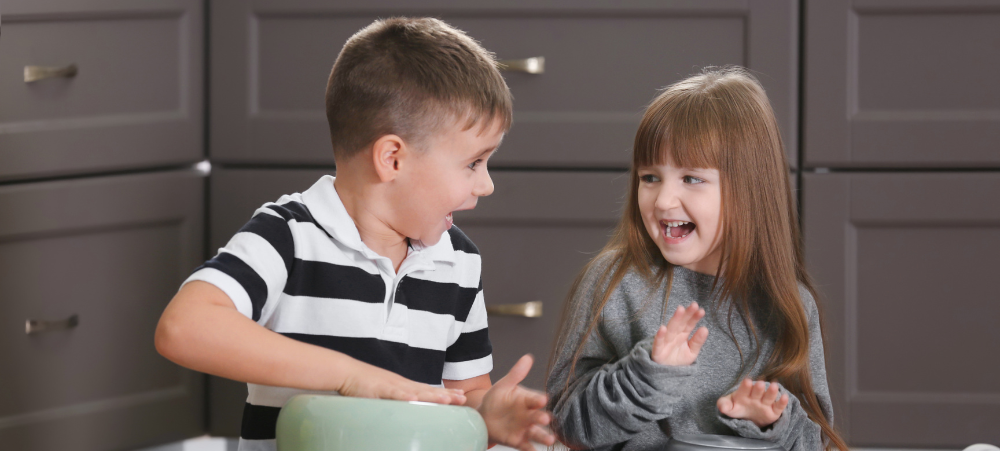
Children can burn out too!
Gone are the days when children went to school, came home, made a peanut butter sandwich and went to play with the neighbourhood kids! Cindy Glass, Director and Co-founder of Step Up Education Centres explains “Children are naturally high-energy beings and very little thought is given to the extreme pressures and overloading of activities that our children face in the world that we find ourselves living in today! As adults, we are familiar with the challenges of physical and emotional burn-out, but we do not consider that children are prone to burn out as well. In fact, burn out in children, if left unchecked, can lead to depression, complete apathy and a myriad of health issues.” Cindy goes on to explain that many children are being subjected to competitive and pressured activities all day, every day and at a pace that most adults would find challenging to keep up! “Academic expectations, sports (school and clubs), cultural and religious studies, extra lessons, music, art, drama, dance…. the list goes on and on… when packed, back-to-back into the daily schedule of children can lead to overloaded children becoming exhausted and this may lead to burn out!” Parents who notice that their children are showing a combination of the following signs may want to consider that their children may be heading towards burn out-or worse-have already burned out! A loss of motivation or desire for activities that they once enjoyed or looked forward to. Anxiety, fearfulness and panic attacks Fatigue and tearfulness, withdrawn, uncharacteristic tantrums Feelings of dejection, making excuses or simply refusing to attend activities that they may have enjoyed before Physical illnesses, loss of appetite, nail biting Falling behind in academics or other activities Burn out is not something to be taken lightly. Cindy gives the following tips to consider when dealing with burn out in children: Choose to be a mindful parent. Watch, communicate, listen-with-understanding, acknowledge that something needs to change and act to help and support your child! Honestly assess the activities and stress causers in your child’s life. Work with your child to reduce or stop the activities that cause the greatest stress. Allow time for your children to just BE. Allow time for rest and reflection, for childish games and laughter. Teach your children the importance of listening to their bodies and making healthy choices for themselves—choices that are uplifting, enjoyable and less pressured. Be realistic in terms of how many activities your child is doing every day and every week. Watch for signs of exhaustion. Engender a relationship of non-judgemental communication with your child. Guide, support and teach them positive coping skills (which may or may not involve a change in schedule). Choose to create balance in yours and your children’s lives. There is no advantage or positive learning that can take place from overloading a child! It is important for children to learn a variety of skills as they grow, but be aware of how much is expected of them—too much can be counter-productive! Cindy concludes by saying “Burn out in children is more prevalent that we may have allowed ourselves to consider before! It can lead to serious consequences. As parents, it is essential that we acknowledge that children, although naturally high energy beings, can and will burn out if their lives are out of balance and the signs are left unchecked!”


































